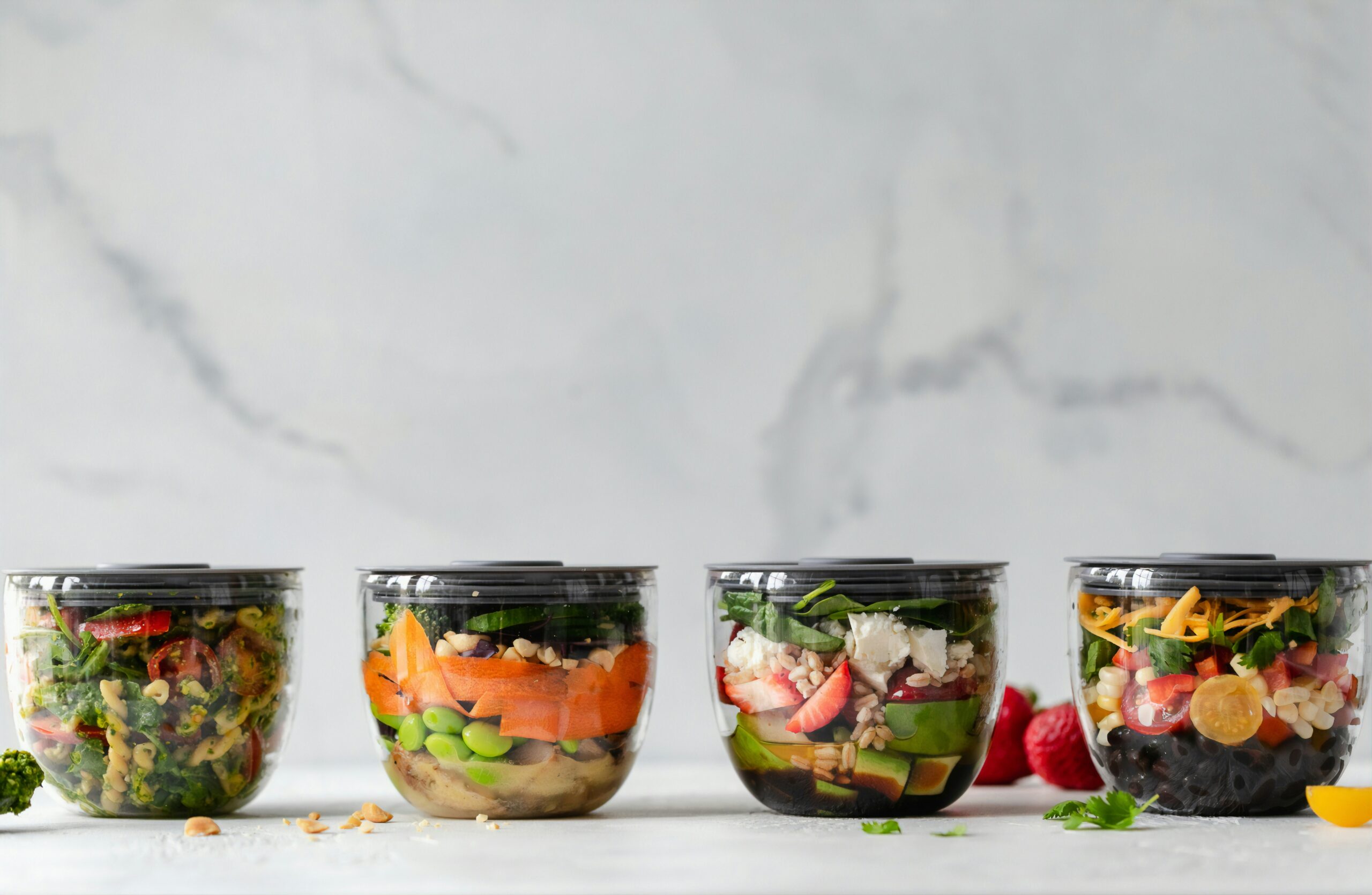Discovering the Magic of Slow Cookers
The slow cooker has emerged as an invaluable kitchen appliance, revolutionizing the way we approach meal preparation. One of the most significant benefits of using a slow cooker is its ability to transform the cooking process from a time-consuming challenge into a seamless and enjoyable endeavor. With the slow cooker, busy individuals and families can effortlessly prepare a wide range of dishes without the need for constant supervision, allowing for a more flexible schedule.
Versatility is one of the defining features of slow cookers. They can be utilized for cooking meats, stews, soups, casseroles, and even desserts, demonstrating that this appliance is not limited to just one type of cuisine. The ability to create a variety of meals makes the slow cooker an essential tool for those looking to explore diverse culinary horizons while using wholesome and nutritious ingredients. This appliance allows the user to incorporate fresh vegetables, lean proteins, and hearty grains, all of which come together to create satisfying meals without excessive effort.
Additionally, the slow cooking process elevates flavors in ways that are often unmatched by conventional methods. By cooking at lower temperatures over an extended period, the ingredients mingle and develop a depth of flavor that can be challenging to achieve otherwise. The benefits of meal prep with a slow cooker are myriad; it not only simplifies the cooking process but also reduces food waste by encouraging the use of ingredient combinations that may otherwise be overlooked. Users can set their slow cookers in the morning and return hours later to a beautifully cooked meal that is ready to be served. This level of convenience allows individuals to unwind after a busy day, knowing that their dinner is simmering away while they tend to other responsibilities.
Crafting Culinary Masterpieces with Simple Techniques
Slow cooking has emerged as a favored method that can transform the simplest ingredients into culinary masterpieces. This approach not only allows for a relaxed cooking pace but also encourages experimentation among both novice and experienced cooks. The following steps will help you navigate this rewarding culinary journey.
To begin, selecting the right recipes is crucial. It is beneficial to choose recipes that have clear instructions and accessible ingredients. For beginners, starting with one-pot meals, such as stews or soups, provides an excellent platform for mastering slow cooking. Experienced cooks may want to delve into more elaborate recipes that offer a range of flavors and textures. Regardless of your experience level, maintaining a diverse recipe portfolio will enhance your culinary repertoire.
Preparation is another foundational step in slow cooking. Ensuring that all ingredients are prepped—washed, chopped, and measured—prior to starting is essential. This not only streamlines the cooking process but also enhances your comfort in the kitchen. Utilize fresh herbs, spices, and aromatics to build a flavor base at the beginning of your cooking process. Layering ingredients is just as vital; for instance, placing tougher vegetables at the bottom of the slow cooker allows them to become tender while simultaneously infusing the dish with flavor.
Understanding cooking times is equally significant. Different dishes require varying durations to achieve optimal flavor and texture, and slow cookers often come with settings that vary in time from low to high. Generally, low settings provide a longer cooking time, which is beneficial for breaking down tougher cuts of meat, while high settings expedite the process without compromising taste, ideal for quicker meals.
Finally, seasoning is key in the slow cooking process. Unlike traditional methods, where flavors can be adjusted quickly, slow cooking develops flavors over time. Therefore, it is advisable to taste and adjust seasoning throughout the cooking duration, allowing for depth and complexity in the final dish.
